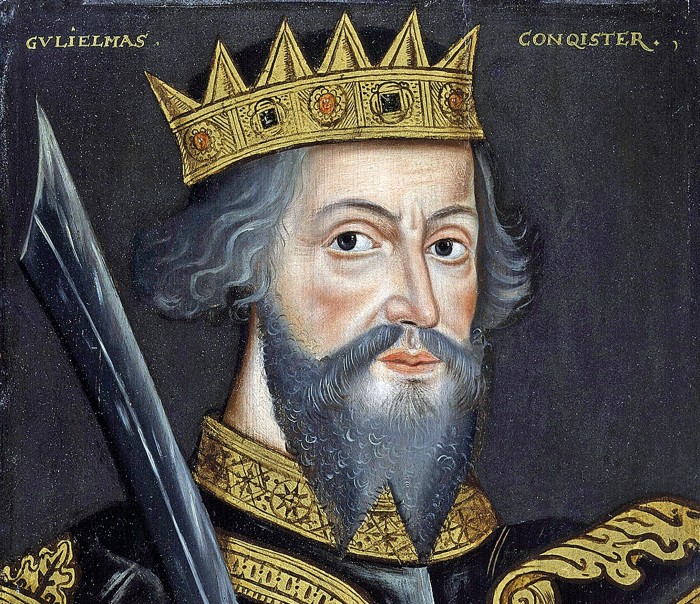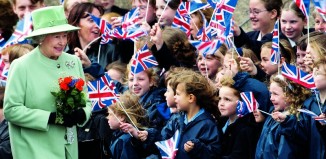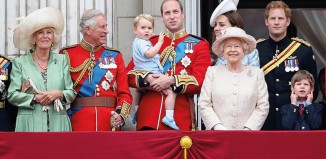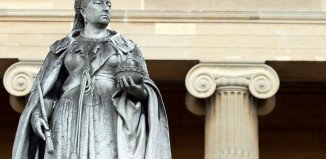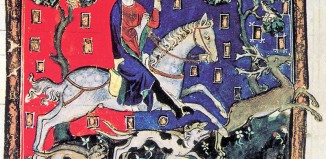British monarchy: The Normans, 1066-1154
The Norman invasion led by William the Conqueror reshaped Britain – from the rise of castles to the French words that began to appear in the English language
It’s said that William, Duke of Normandy, sat to eat a meal amid the dead following his victory over Anglo-Saxon King Harold II at the Battle of Hastings. Such was the Conqueror’s strong stomach and ruthless appetite for power. He certainly had no qualms in forcing his claim that Edward the Confessor, Harold’s predecessor, had promised him the Crown of England, one of Europe’s wealthiest states.
Thus 1066, the most famous date in British history, became written in Harold’s blood – he was more likely hacked to death than killed by an arrow in the eye – and embroidered into that great piece of Norman propaganda, the Bayeux Tapestry. Thus, too, began the 88-year reign of four Norman kings and their henchmen from France: “Northmen” originally of Viking descent; warriors, builders, cultural sophisticates. Their overthrow of Anglo-Saxon rule reshaped England with breathtaking ferocity.
The rise of the castle
Between 500 and 1,000 castles, terrifying new concepts to English eyes, sprang up across the country: quick motte-and-bailey affairs, then mighty stone keeps from which to maintain control. Fortresses such as the Tower of London’s White Tower and castles at Chepstow, Colchester and Rochester endure to this day. Rebellions were brutally crushed, most notoriously by William’s vengeful Harrying of the North (1069-70) provoking terrible suffering and famine. “New faces everywhere enjoy England’s riches and gnaw at her vitals,” a 12th-century commentator would later lament. Notions of feudalism and lordship, already present in Anglo-Saxon society, grew stronger as William bound his cronies through gifts of land, dispossessing the native aristocracy. The Domesday Book, commissioned in 1085, recorded land ownership in unprecedented detail (aiding financial and political control), and reveals that just five per cent of wealth remained with English nobles. Even now, many landed families trace their roots to Norman ancestors.
Norman domination
The Normans overhauled the religious landscape, too: replacing the top English clergy with their own men and church-building in a new, monumental Romanesque style exemplified by Durham Cathedral. Like William’s Battle Abbey in East Sussex, allegedly built as penance for the blood spilled at Hastings, churches expressed another form of Norman domination.
Following the Conqueror’s death in 1087, his son William “Rufus” – red of complexion, fiery in temperament – visited 13 years of severe government on the country before a hunting “accident” in the New Forest allowed another son, Henry I, to seize the throne.
A “Lion of Justice” who laid the foundations for today’s Crown Courts, Henry had the good sense to marry into both the Saxon and Scots aristocracy by wedding Edith, also known as Matilda.
Many Normans would intermarry with the natives as they spread through England and Wales. Thousands of Norman-French words enriched the English language; the best Anglo-Saxon structures of government were assimilated and improved. But what chaos when Stephen, William the Conqueror’s grandson, came to the throne (1135–54) and civil war erupted.
Words: Diana Wright
Read more in our British monarchy series
The Modern Era, 1901-today: see the Oct/Nov 2017 issue of Discover Britain

